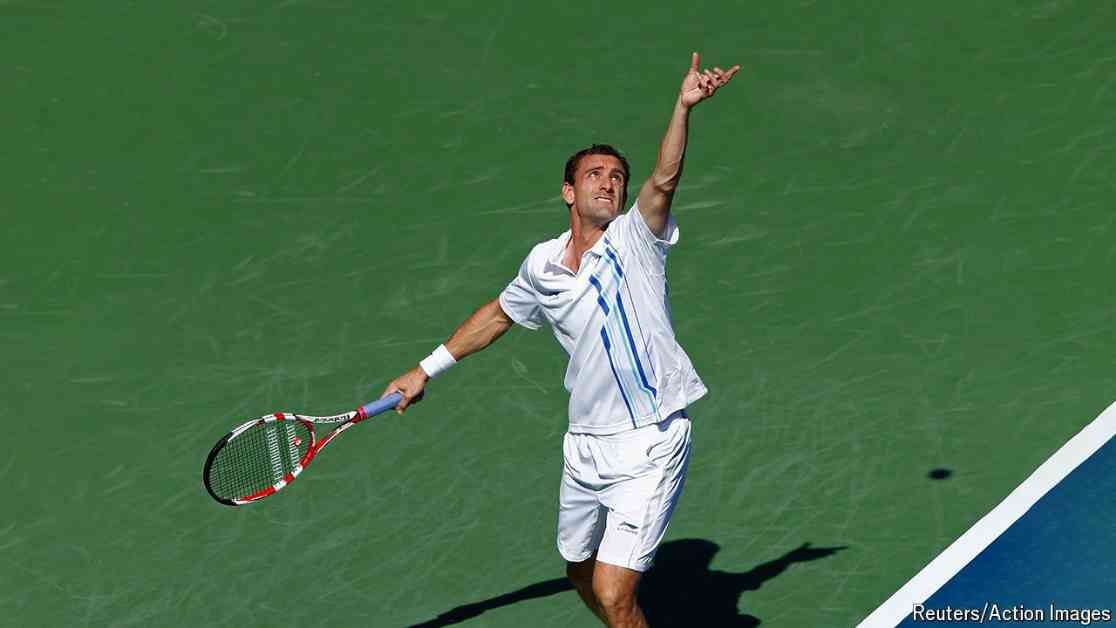The Wimbledon finals are the most important events in tennis, with the best players in the world competing for the prestigious prize. However, while these finals are taking place, there are also smaller professional tournaments happening in various locations such as Iasi, Romania and Tianjin, China. These tournaments are essential for players ranked between 100th and 2,000th in the world, who may not have the same level of fame as the top players, but are incredibly skilled in the sport.
Tennis is a demanding sport that requires speed, hand-eye coordination, and mental strength. With around 90 million tennis players globally, anyone ranked in the top 2,000 is considered to be a talented player. Despite the glamour and attention that the Wimbledon finals receive, there are many other professional tennis players who struggle to make a living from the sport.
In the Culture section of the newspaper, an article titled “Whoever wins at Wimbledon, many of tennis’s professionals are losers” highlights the challenges faced by these lesser-known professional players. While the winners of Wimbledon receive fame, fortune, and endorsement deals, the majority of professional players are struggling to cover their expenses and make ends meet.
These players travel from tournament to tournament, often in less-than-ideal conditions, in the hopes of earning enough prize money to continue competing. They sacrifice time with their families, endure physical injuries, and face financial uncertainty in pursuit of their dreams. Despite their talent and dedication to the sport, many of these players will never achieve the same level of success or recognition as the top-ranked players.
The article sheds light on the harsh realities of professional tennis beyond the glitz and glamour of the Grand Slam tournaments. It serves as a reminder that while the spotlight may be on the winners of Wimbledon, there are countless other players who are struggling to make a living from the sport they love.
In addition to the challenges faced by professional tennis players, the article also touches upon other thought-provoking topics in the Culture section of the newspaper. From the drama of election night to the impact of data after death, the articles in this section provide readers with a diverse range of stories and insights to explore.
Overall, the article serves as a poignant reminder of the sacrifices and struggles endured by many professional tennis players, despite their remarkable talent and dedication to the sport. It encourages readers to consider the broader implications of success and failure in the competitive world of professional tennis, beyond the glitz and glamour of the Wimbledon finals.
















